
Liquid Silicone Factory Silikon Manufactures Silicone Rubber Liquid Silicone For Mold Making Silicone
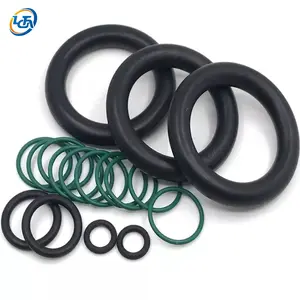
Good Quality Factory Oring NBR Fkm Silicone O Ring 12mm*3mm 75 Shore Waterproof Epdm Nbr Rubber O-ring




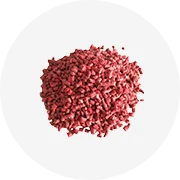
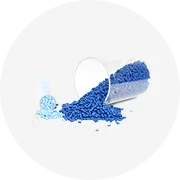
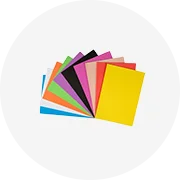
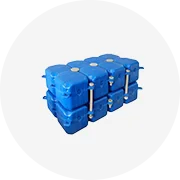
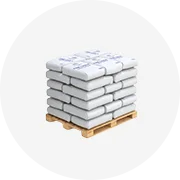

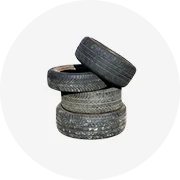
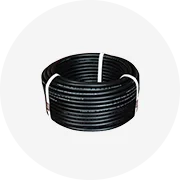

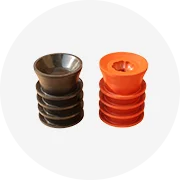
Liquid silicone rubber is a type of silicone rubber that is made up of two main ingredients. The first ingredient is an inorganic filler and the second is a synthetic polymer. The inorganic filler is typically made up of silica, while the synthetic polymer is usually a type of silicone. Together they create a versatile material that can be used in a wide range of applications.
There are many advantages to using liquid silicone for molds. To begin with, silicone mold rubber is durable and can withstand heavy use. In addition, silicone injection molding is both non-toxic and hypoallergenic, which means it is not likely to cause an allergic reaction. Likewise, liquid rubber for molds is biocompatible and does not encourage the growth of harmful bacteria. Finally, liquid silicone rubber is available in a wide variety of colors. No matter what you are using it for, you can select a palette that matches your aesthetic. It can even be combined with other materials to create different textures and finishes.
Due to its biocompatible properties, liquid silicone is often used in the medical industry. As a result, it can safely be used for medical utensils and procedures. Another popular use for silicone mold rubber is in the manufacturing of kitchenware. The heat resistant properties make it easy to sterilize in between uses. You can even purchase colored liquid silicone utensils to create a specific theme in your kitchen. One final use for liquid silicone rubber is for the production of electronic components. Along with its other useful characteristics, liquid silicone has excellent electrical insulating properties, making it an ideal material for this purpose.
In most cases, lsr molding is used to create a mold of a specific shape so it can be used repeatedly to fabricate the desired shape. For instance, a baker may want to create their own custom molds for chocolates. The same process can be repeated for a wide range of items, including medical prosthetics, soap bars, and even feminine hygiene products. It enables easy mass production with minimal cost.